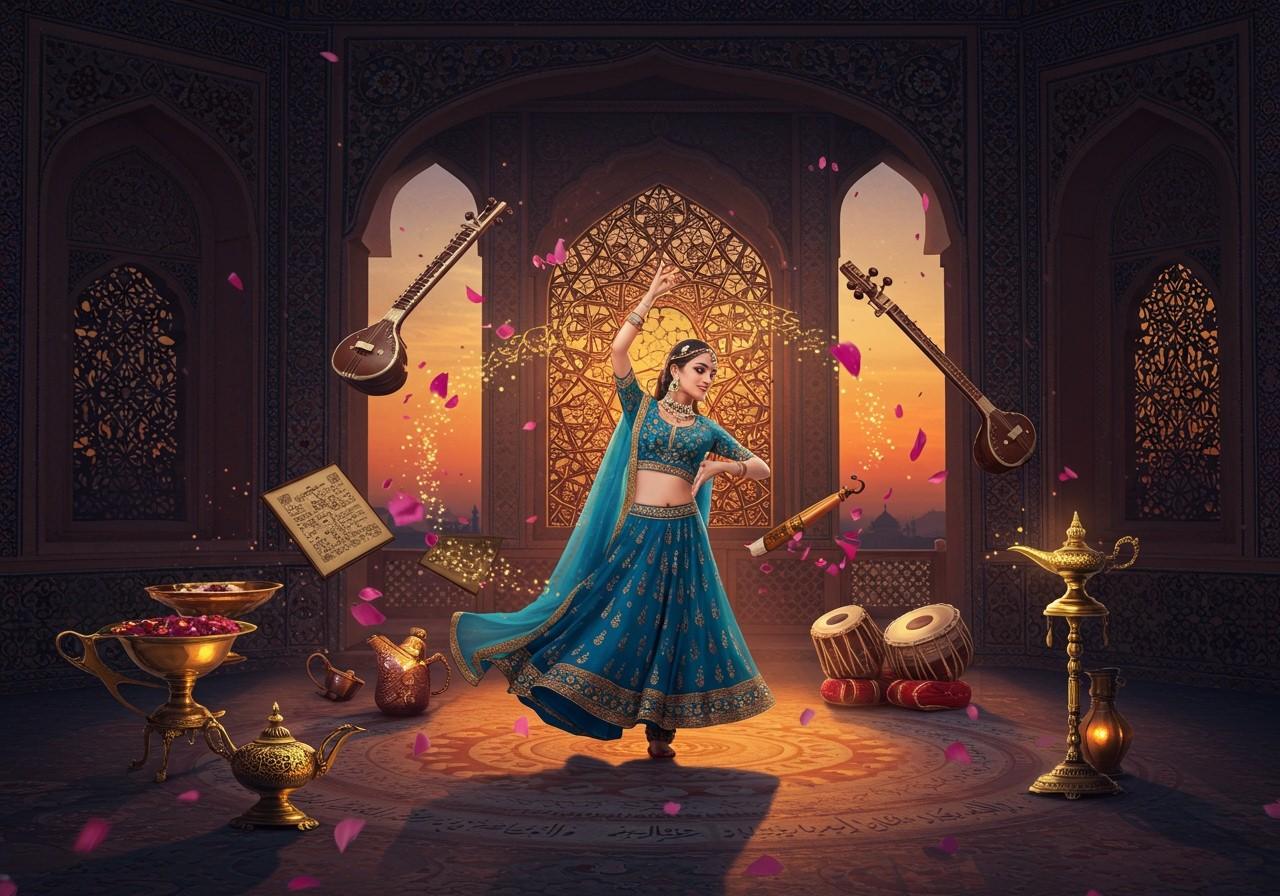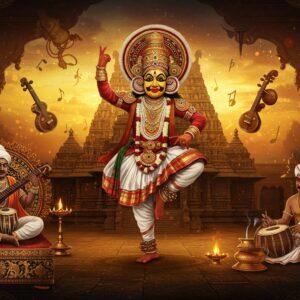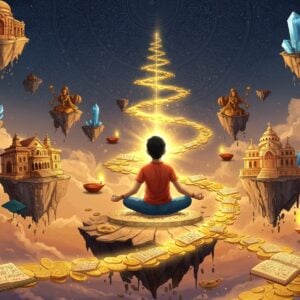Urdu Culture: A Tapestry of Tradition and Modernity

Urdu culture, a vibrant blend of Turko-Persian, Arab, and North Indian influences, represents a unique identity. It’s a culture rich in linguistic beauty, social etiquette, vibrant celebrations, and artistic expression. Let’s explore the multifaceted aspects of this captivating culture.
Language and Literature: The Heart of Urdu Culture
- Urdu is renowned for its poetic tradition, with mushairas (poetry recitations) being cherished cultural events. These gatherings showcase the beauty and depth of Urdu poetry, often exploring themes of love, loss, and spirituality. They are a testament to the enduring power of the spoken word in Urdu culture.
- Literary giants like Allama Muhammad Iqbal, Faiz Ahmed Faiz, and Mirza Ghalib have shaped Urdu literature, leaving behind a legacy of timeless works. Their poetry and prose continue to inspire and resonate with people across generations, enriching the cultural landscape.
Greetings and Etiquette: Respect and Consideration
- In Urdu culture, greetings are more than just words; they are expressions of respect and consideration. They reflect the values of politeness and courtesy that are deeply embedded in social interactions.
- The common greeting “Assalam-o-Alaikum” (السلام علیکم), meaning “Peace be upon you,” is exchanged with the response “Wa-Alaikum-Salaam” (وعلیکم السلام). This exchange signifies a peaceful and respectful interaction, setting the tone for positive communication.
- Respect for elders is paramount, demonstrated through honorific titles like “Sahab” (صاحب) for men and “Bibi” (بی بی) for women. This practice underscores the importance of honoring age and experience within the culture.
Traditional Clothing: Elegance and Identity
- The shalwar kameez, a comfortable and elegant attire, serves as the traditional dress for both men and women. This versatile garment is worn in everyday life and adapted for special occasions with intricate embellishments.
- Special occasions call for elaborate versions of the shalwar kameez, often adorned with intricate embroidery and embellishments. These ornate garments reflect the cultural appreciation for beauty and craftsmanship, enhancing the festive atmosphere.
Festivals and Celebrations: Joy and Community
- Festivals hold a special place in Urdu-speaking communities, offering opportunities for joy, togetherness, and cultural expression. They are integral to the social fabric, strengthening community bonds.
- Eid, marking the end of Ramadan, is a significant celebration, marked by the joyous greeting “Eid Mubarak” (عید مبارک). Families and friends gather for feasts, prayers, and gift-giving, reinforcing the spirit of unity and generosity.
- Basant, a vibrant spring festival, is celebrated with the colorful tradition of kite flying (“Patang baazi” – پتنگ بازی). The sky fills with kites of all shapes and sizes, symbolizing the renewal of life and the arrival of spring.
Looking for traditional attire or decorative items for upcoming festivals? Explore our collection at Poojn.in.
Weddings: Rituals and Celebrations of Union
- Weddings in Urdu culture are elaborate affairs, rich in rituals and symbolism. These ceremonies mark the beginning of a new chapter, celebrated with family and friends.
- The Mehndi ceremony, a vibrant pre-wedding ritual, involves applying henna to the bride’s hands and feet. Intricate henna designs symbolize joy, beauty, and good fortune for the bride.
- The wedding ceremony, known as “Shaadi” (شادی), includes the “Nikah” (نکاح), the Islamic marriage contract. During the Nikah, the phrase “Qubool Hai” (قبول ہے) is repeated three times by both the bride and groom to signify their consent and acceptance of the marriage.
Cuisine: A Culinary Journey
- Food plays a central role in Urdu culture, with each region boasting its own unique specialties. Culinary traditions are passed down through generations, preserving the rich flavors and techniques.
- From the aromatic Biryani to the hearty Haleem, Urdu cuisine offers a diverse range of flavors and textures. These dishes, often prepared for special occasions, represent the cultural significance of food in bringing people together.
- Sweet treats like Kheer (rice pudding), Jalebi, and Gulab Jamun add a touch of sweetness to celebrations. These delicacies, often enjoyed with traditional beverages like Chai (tea), Lassi (yogurt-based drink), and Rooh Afza (a sweet drink), complete the culinary experience.
Enhance your culinary experiences with traditional serveware from Poojn.in. Our clay dinner sets add a touch of authenticity to your meals.
Folk Traditions: Preserving Cultural Heritage
- Urdu folk culture, particularly vibrant in Pakistan, encompasses a rich tapestry of customs passed down through generations. These traditions provide a connection to the past, preserving cultural heritage.
- Folk music (Lok Moseeqi), folktales (Dastanen), art and handicraft (Hunar Aur Fanoon), traditional festivals (Rawayati Tehwar), and proverbs and idioms (Muhaavrey Aur Zarb Alamsaal) are integral components of Urdu folk culture. These elements contribute to the richness and diversity of cultural expression.
- Festivals like Eid-ul-Fitr and Urs of Sufi saints are occasions for vibrant displays of folk customs, music, and dances. These celebrations bring communities together, reinforcing cultural identity and shared heritage.


